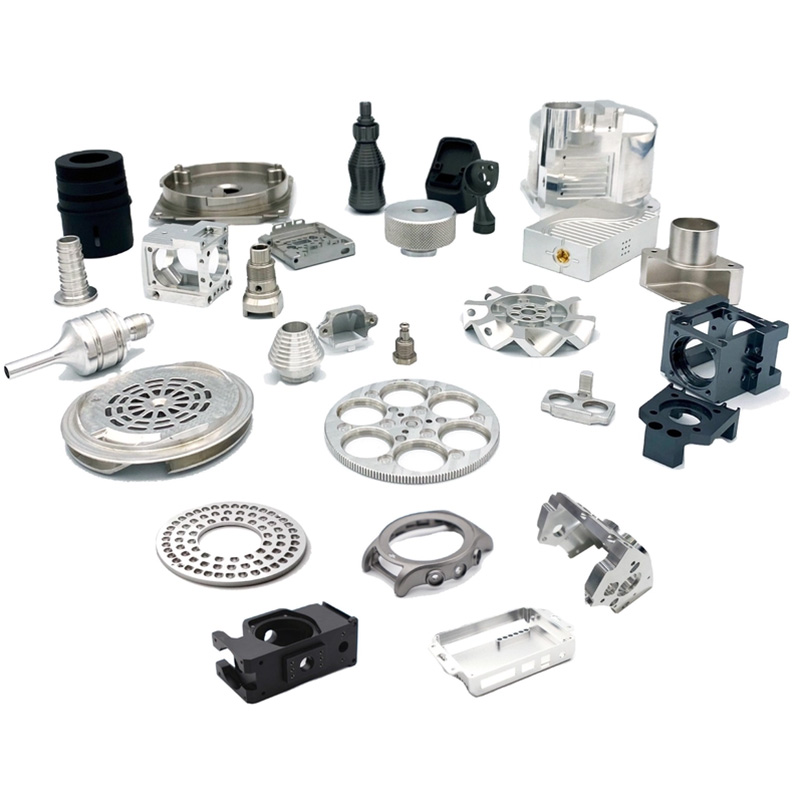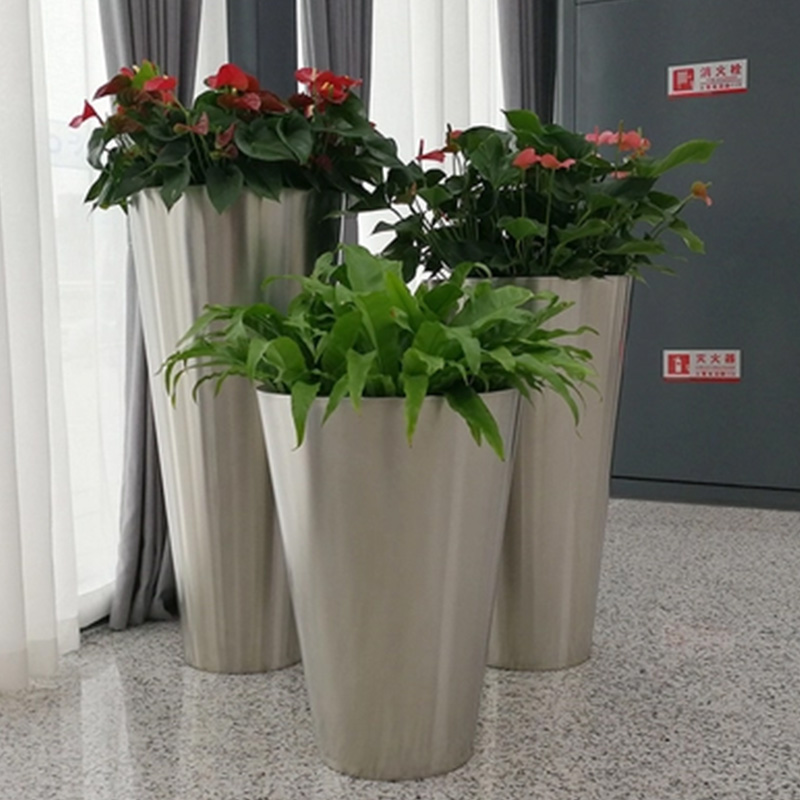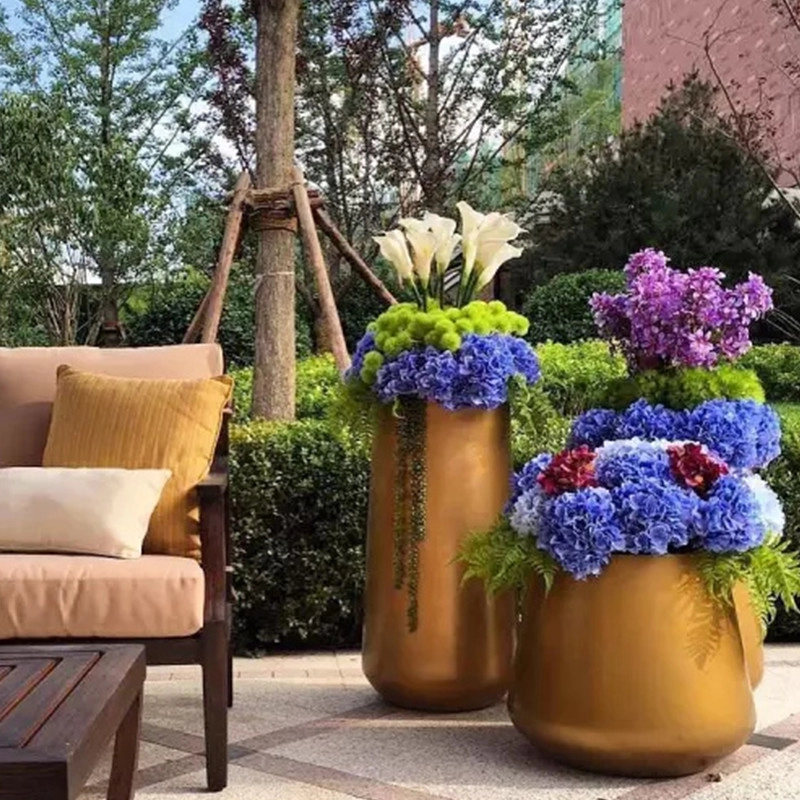6 Essential Fence Design Styles: Ultimate Guide for Homeowners
Traditional Wood Fencing: Classic Charm
Problem: Homeowners want timeless appeal but fear high maintenance.
Solution: Pressure-treated pine or cedar offers durability with proper sealing. Interestingly, cedar naturally resists insects and decay.
Case Study: Our team installed a shadowbox-style wood fence for a Connecticut client in 2025. Staggered boards provided privacy while allowing airflow – reducing wind pressure by 30% during storms.
Modern Horizontal Slat Fences
Problem: Contemporary homes need sleek boundaries without looking industrial.
Solution: Horizontal wood or composite slats create clean lines. For example, combining black stained wood with metal posts achieves a minimalist look.
Data Insight: Realtor surveys show homes with modern fencing sell 11% faster (National Association of Realtors, 2024).
Ornamental Metal Fencing
Problem: Security needs shouldn’t compromise elegance.
Solution: Wrought iron or aluminum designs offer strength with decorative elements. Powder-coated finishes prevent rust – lasting 25+ years with minimal care.
Pro Tip: Pair with hedge plants for added privacy without blocking views.
Vinyl Privacy Fencing
Problem: Constant repainting and rotting plague traditional privacy fences.
Solution: Low-maintenance vinyl resists weathering and won’t warp. It’s actually more impact-resistant than people think.
Data Insight: Vinyl requires 90% less maintenance than wood (Home Improvement Research Institute, 2023).
Rustic Split Rail Fencing
Problem: Large properties need boundary marking without visual obstruction.
Solution: Untreated timber rails define spaces while maintaining open sightlines. This style uses fewer materials, cutting costs by up to 40%.
Note: Best for rural or sprawling landscapes rather than urban security.
Composite Eco-Fencing
Problem: Environmentally conscious owners want sustainable options.
Solution: Recycled wood-plastic composites mimic natural grain without deforestation. They won’t splinter or absorb moisture.
Case Example: A Seattle project used composite fencing around community gardens – surviving heavy rain without swelling.
Fencing Materials Comparison
| Feature | Wood Fencing | Vinyl Fencing |
|---|---|---|
| Cost per linear ft | $15-$30 | $25-$40 |
| Lifespan | 10-15 years | 20-30 years |
| Maintenance | Annual sealing | Soap/water cleaning |
| Eco-Friendliness | Renewable but treated | Recyclable |
5-Step Fence Selection Guide
- Define Your Goal: Is privacy, security, or aesthetics your priority?
- Check Local Codes: Verify height restrictions and material rules
- Set Your Budget: Include installation and long-term maintenance
- Test Material Samples: View colors/textures in your actual lighting
- Get Professional Measurements: Avoid costly miscalculations
⚠️ Common Fencing Mistakes
Warning: Never install fence posts without concrete footings! Frost heave can warp your entire fence within one season. Also, skipping property line surveys risks legal disputes – a staggering 28% of neighbor conflicts start with improper boundary fencing (Property Law Journal, 2024).
Pre-Installation Checklist
- □ Verified property boundaries with survey
- □ Obtained HOA/city permits
- □ Marked underground utility lines (call 811)
- □ Confirmed gate swing direction
- □ Ordered 10% extra materials for waste
Fence Design FAQs
Q: How tall should a privacy fence be?
A: Typically 6-8 feet, but always check local regulations first.
Q: What’s the most durable fencing for coastal areas?
A: Aluminum or vinyl resist salt corrosion better than wood or iron.
Q: Can I install a fence myself?
A: For simple designs like chain-link – yes. But complex installations require pros to ensure structural integrity.
Choosing the perfect fence transforms your property’s function and appeal. Whether prioritizing privacy with vinyl, elegance with ornamental metal, or sustainability with composite, align your choice with long-term needs. Remember: a well-planned fence installation adds value and enjoyment for decades.







